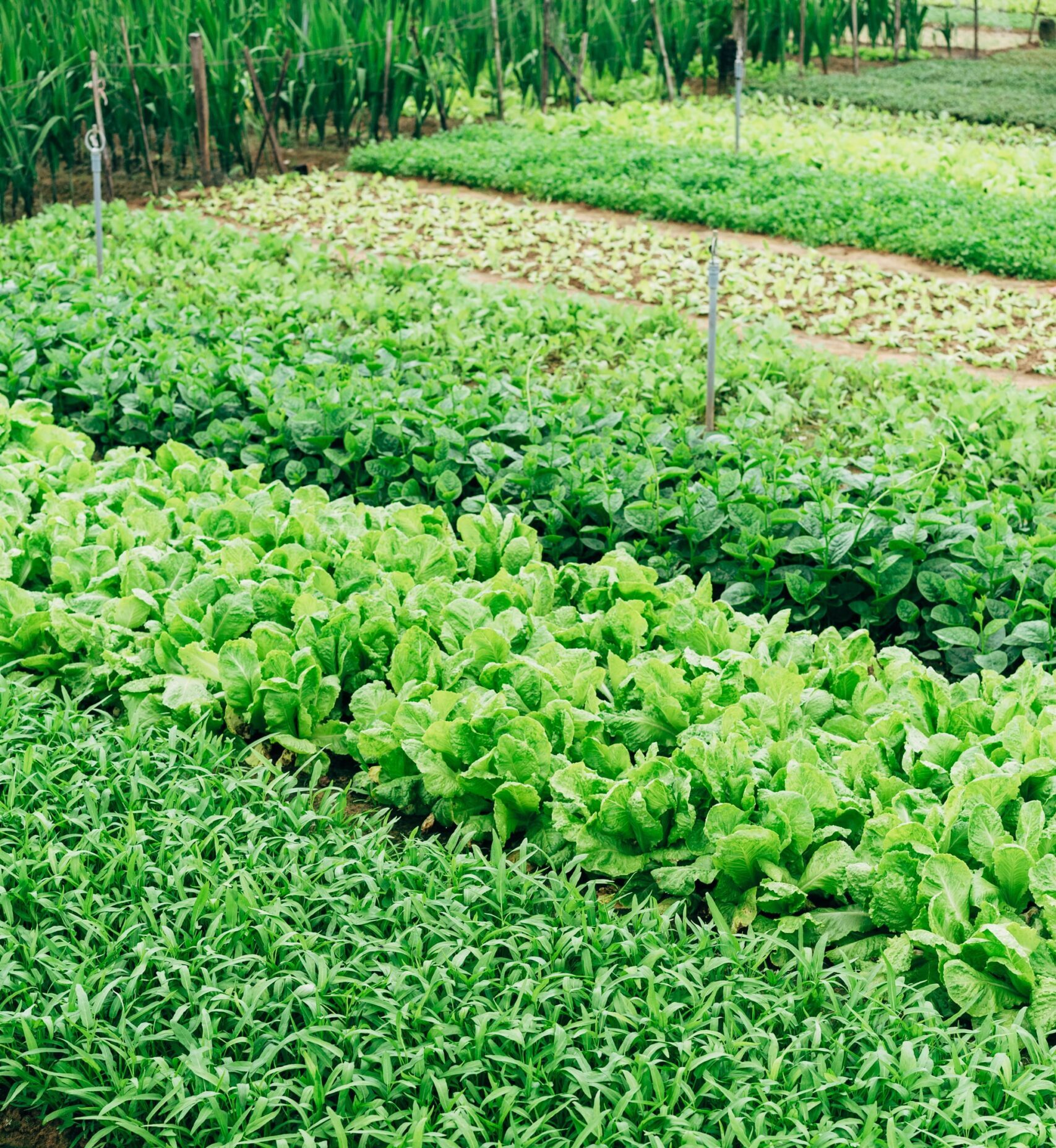
- A version of this article previously appeared on A Peaceful Living.
Why is plastic a problem?
There isn’t a whole lot of published research on the effects plastic chemicals have on our bodies’ long-term–even though we know that plastic chemicals are known to leach into the food in water they contain. In other words, you are ingesting plastic chemicals. You should also know that plastic is considered safe to use for food storage not because it has been proven safe, but because it hasn’t yet been proven unsafe. That’s enough of a reason, at least for me, to consider using alternatives that are known to be safe.
What we know do know is that BPA and phthalates, chemicals commonly found in plastics, are endocrine disruptors that are associated with adverse health effects, including cancer.
And even though BPA-free plastics are now readily available and efforts are being made to make plastics “safer,” one must also consider the environmental damage plastics wreak upon the planet.
For example, take the Great Pacific Garbage Patch, a massive swath of garbage stretching off the coast of the west coast of North America to Japan where 80% of the debris comes from the land (think: plastic bottles and plastic bags left at the beach or improperly discarded trash). While the Garbage Patch contains all sorts of trash, it is comprised mostly of plastics because plastics are ubiquitous in our everyday lives, and they don’t biodegrade–they simply break apart into smaller and smaller pieces, eventually getting so small they’re called microplastics, which aren’t always visible to the naked eye. You might imagine The Patch to look of a giant clump comprised of large pieces of trash inhaling and exhaling with the pulses of the ocean current, but the patch often looks more like an expanse of very cloudy water.
Unsurprisingly, plastic pollution hurts our furry, feathered, and aquatic brethren as well.
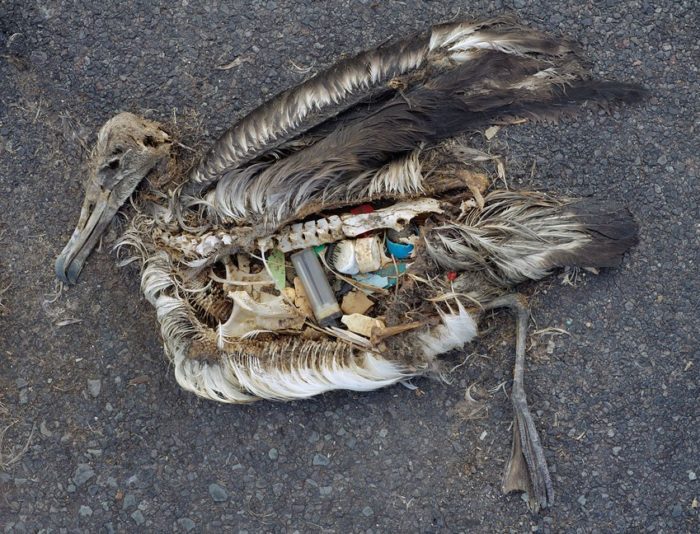
Image courtesy of artist Chris Jordan as part of his series “Midway: Message from the Gyre”
This is an image of an albatross from the Midway Atoll. Thousands of these baby birds die because they are fed plastic, which is mistaken for food, by their parents. From photographer Chris Jordan’s website:
The nesting chicks are fed lethal quantities of plastic by their parents, who mistake the floating trash for food as they forage over the vast polluted Pacific Ocean.
For me, kneeling over their carcasses is like looking into a macabre mirror. These birds reflect back an appallingly emblematic result of the collective trance of our consumerism and runaway industrial growth. Like the albatross, we first-world humans find ourselves lacking the ability to discern anymore what is nourishing from what is toxic to our lives and our spirits. Choked to death on our waste, the mythical albatross calls upon us to recognize that our greatest challenge lies not out there, but in here.
Mind you, these are just two specific examples of the myriad ways plastics do harm to our planet and its inhabitants. After all, the saying goes, “plastic is forever.”
With that said, unless you’re 100% committed, very diligent, and willing to make a lot of your own products at home, it’s very difficult to go entirely plastic-free, but there are some easy changes one can make at home to replace many commonly used items with alternatives that are better for the environment in that they’re made of eco-friendlier materials, can be recycled, or can be reused again and again. Better for you, the planet, and your wallet (in the long run).
Eco-Friendly Alternatives in the Kitchen: Glass or Stainless Steel containers, Upcycled products & Reusable bags
Sure, it’s easy and tempting to buy a pack of cheap plastic food storage containers at the market, but it’s better to invest a little bit more in a set (or two) of glass storage containers that will last much longer than those plastic containers ever will. Glass food storage containers are very easy to find, don’t contain chemicals that leach into your food, are safe to heat, and relatively cheap.

Cut back on plastic packaging by buying items you eat or cook with often in bulk (think nuts, flours, grains, etc)–this reduces your use of plastic packaging and is actually cheaper. Also while food shopping, resist the urge to purchase pre-sliced fruits and vegetables–my husband has experienced some pretty aggressive side-eye when he’s come home with them. Trust me, I understand that it’s way more convenient, but take the extra few minutes to prep fruits and veggies at home; you can create a lot less waste simply by buying whole fruits and vegetable.
It’s also easy to understand the convenience factor when it comes to plastic bags for a variety of needs like storing snacks, packing lunches, protecting frozen foods from freezer burn, etc., etc.
But, reusable bags or storage containers are just as practical and convenient and take only a minimal amount of additional effort to wash and maintain. The brand Lunchskins makes cute fabric sandwich bags and snack packs that are dishwasher safe.
Blue Avocado, a B Corporation, upcycles plastic bottles into reusable bags. I especially like their re(zip) gallon size storage bags for freezer storage. Each product comes with an impact label that shows the environmental impact of that particular product.
Skip the need for bags entirely by investing in a stainless steel tiffin carrier or bento inspired lunch box. PlanetBox has options to suit all manner of meals, snacks, and offers accessories that would make their boxes a wonderful choice for a school aged child.
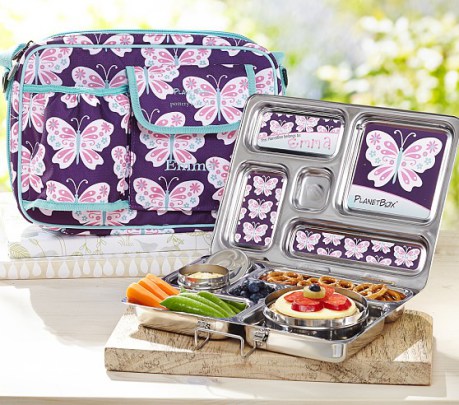
Make tea towels your best friend by using them to wrap or cover food; a job you used to rely on plastic wrap for. Or, spring for these chic, sustainably farmed, linen bowl covers by Ambatalia.
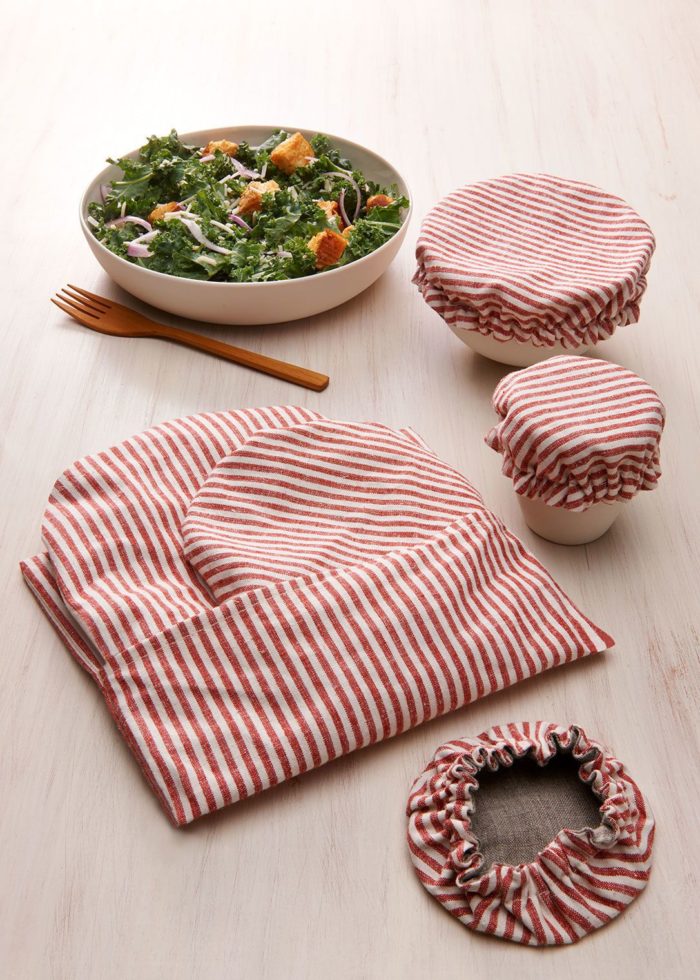
Eco-Friendly Alternatives in the Bathroom: Plant-Based & Upcycled Materials
Consider the toothbrush.
It’s an every day (I hope!) item that we don’t always give much thought to. Used at least twice a day, the average dentist recommends replacing yours every three months. That’s four times a year. And how many of us think about how we discard our toothbrushes?
Until recently, it was one of those items that I didn’t even think about, which is silly since I’ve been actively making every effort within my ability to make greener choices at home. But alas, the bathroom is a place I tend to overlook. If each individual is throwing away four toothbrushes per year, imagine how much waste is created by toothbrushes alone? I’ve read estimates of between 580 million to one billion toothbrushes end up in landfills annually–and that’s just in the United States! Happily, there are brands tackling this very issue.
Brush With Bamboo is a plant-based, eco-friendly toothbrush made from the oh-so-sustainable bamboo plant. The handle is completely biodegradable, and the bristles are made of a plant-base-nylon blend. Obviously, the nylon component of the bristles are not very eco-friendly, but they’re currently the best option when compared to a conventional toothbrush. And while the handle (with bristles removed) will biodegrade in a commercial composting bin, Brush With Bamboo offers creative recycling tips to their consumers on their website.
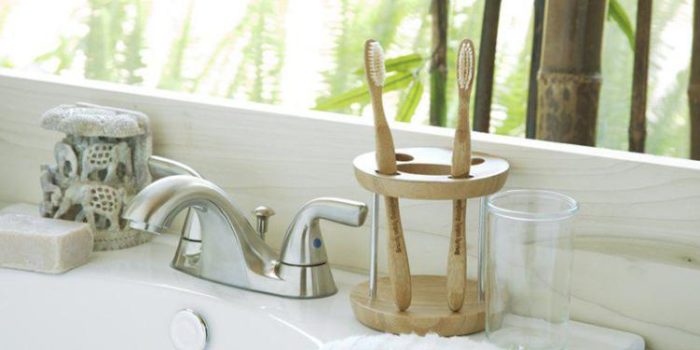
There are also other brands manufacturing toothbrushes from recycled materials. The brand Preserve offers toothbrushes made from 100% recycled materials and all of their products are recyclable as well. In fact, as part of the Preserve “Gimme 5″ recycling program, consumers can return to Preserve any of their products they’re finished using, including any other #5 plastics, which are not as regularly recycled as other plastics like #1 and #2.
Those of us who shave find ourselves in a similar predicament, as most conventional razors one would find at the store are not recycled.
Preserve also offers recycled tri-blade razors, which can be recycled and sent directly back to them.
There’s also always the old-school straight or safety razor options, which offer a superior shave to their disposable counterparts, but admittedly require a lot more finesse and care. The shaving technique is different than with disposable razors, and requires a rich lather and plenty of water. There are actually entire websites and YouTube videos dedicated to straight and safety razors and how to properly use them – including how to safely shave one’s legs. I have not yet tried either, but plan to switch to a safety razor once I”m through with my Preserve recycled plastic razors.
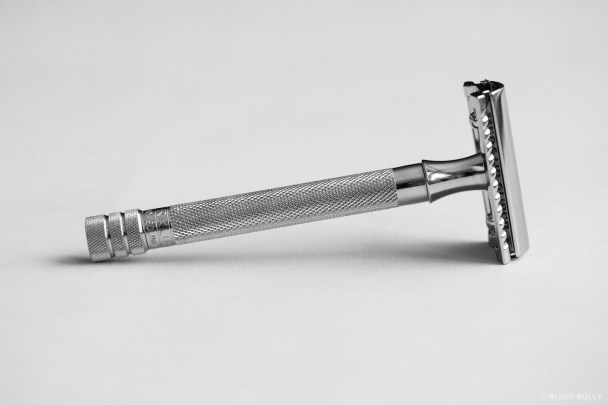
And finally–Eco-friendly alternatives to conventional feminine hygiene products.
These honestly deserve their own post because the feminine hygiene industry is riddled with so many health and environmental concerns. For example, conventional tampons contain pesticides from non-organic cotton and the chlorine bleaching process that both pads and tampons undergo produce dioxins, which are known carcinogens. And apart from dubious health implications, conventional feminine hygiene products, usually made from a combination of cotton, rayon, and plastics, strain sewer systems or end up in landfills.
Switching from a tampon with a plastic applicator to one with a cardboard applicator, or no applicator at all, is a good first step to reducing plastic waste. But, there are plenty of better, and safer, options available.
Of the most convenient and readily accessible eco-friendly femme care options are from Natracare, a brand providing certified organic cotton, chlorine free and plastic free tampons and pads. These can be found at Whole Foods and many other natural markets, or online.

Other less conventional methods of eco-friendly femme care, and something I’ve wanted to try for some time, is the sea sponge, which has been used by menstruating women in various cultures throughout history. The sustainably harvested, biodegradable sea sponge is a truly eco-friendly and safe method of femme care. A Google search will yield several brands that sell sea sponges for menstruation, but I gravitate towards Holy Sponge, a California-based company dedicated to providing healthy and eco-friendly alternatives to disposable products and also providing education and outreach to help remove stigmas and taboos associated with menstruation. They offer a lovely sea sponge kit, which includes tea tree oil and instructions to properly care for your sponge.
__
I think you’ll find that once your home is equipped with the right tools to make more eco-friendly choices, you’ll realize that it takes a lot let effort to “go green” than you may have initially thought. Being more sustainable at home is more accessible and economical than ever, and if we all try our best to make at least a few of these changes at home we can reduce a lot of plastic waste and have healthier homes and bodies at the same time.
What are your favorite eco-friendly alternatives to common plastic items?
Also by Stephanie: Conscious Wardrobe: On Making the Most of What I Have
Related: 9 DIY Household Items to Make, Not Buy
Get more like this—Subscribe to our daily inspirational newsletter for exclusive content!
__
Photos: My Kind Closet, Chris Jordan, Respective Brands



